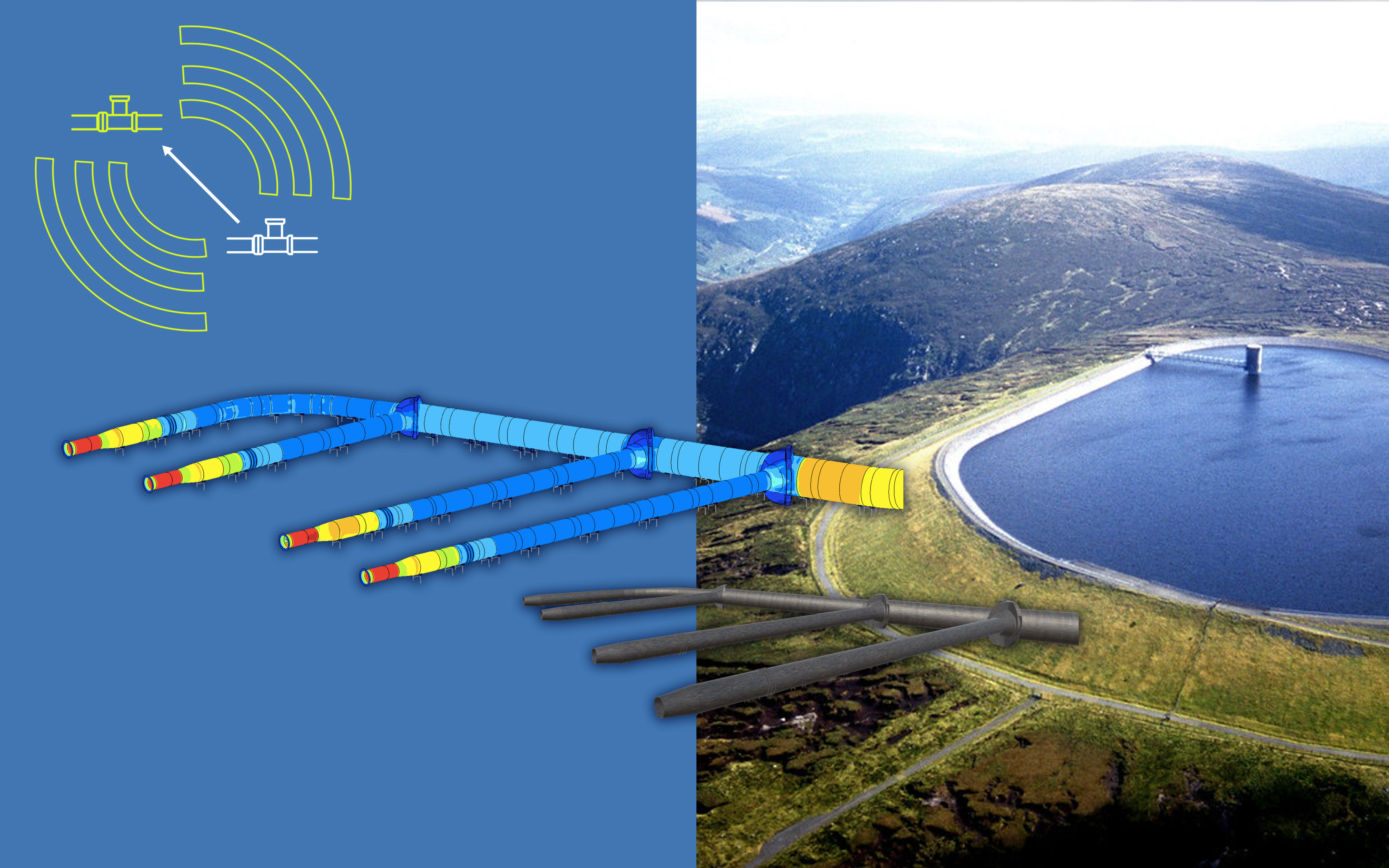840 results found
Featured results



More results
This book discusses in detail the issues and challenges associated with infrastructure connectivity in Asia.

This policy brief outlines promising ideas to attract instiutional investors to pay for infrastructure they have not convinced pension funds or affluent individuals to invest, especially in emerging economies with untested issuers, The “tax-kicker” bond being proposed here could solve this issue.

Mark Moseley, the GI Hub’s Senior Director for Legal Frameworks and Procurement Policies gave a presentation at a seminar on Future Ready: Sustainable Cities – Indonesia Infrastructure in Focus held in Jakarta, Indonesia on 7 March 2017.
Government officials from the Philippines visited the GI Hub today in Sydney to hear about the Hub’s work, and to discuss Public-Private Partnerships (PPPs) and the role they can play in delivering infrastructure.
Report reviewing the extent to which Multilateral Development Banks (MDBs) create incentives within their organisations to ‘crowd-in’ private finance to fund public infrastructure.
The GI Hub’s Project Pipeline is reaching out across the globe, with registered users from across 90 countries.
Asian Infrastructure Investment Bank Vice President and Chief Administration Officer Dr Luky Eko Wuryanto met with GI Hub Chief Executive Officer Chris Heathcote and senior staff in Sydney today.
Chris Heathcote, Chief Executive Officer, Global Infrastructure Hub The first few weeks of President Donald Trump’s administration have been dominated by early efforts to deliver on some of his most contentious election promises. While the world watches every pronouncement and, indeed, every tweet, there is hope that attention will soon turn to one of his pledges on which there was consensus, a massive and long-overdue infrastructure overhaul across the United States.
GI Hub’s Richard Timbs explains how the new, free Project Pipeline can help the private sector access data about government infrastructure projects across the globe.
This guidebook shares training materials and knowledge on mini-grid development for rural electrification. It documents experiences and lessons learned from developing 12 pilot mini-grid systems for off-grid energy access in Myanmar.

This paper studies the impacts of providing an efficient and affordable transport system within a country through the experience of the Philippines.

This report includes the analysis of global Information and Communication Technologies (ICT) and electronics value chains, an assessment of Ethiopia’s current and potential participation in these regional and global networks, and an analysis of the country’s competitive positions in specific segments of the sector.

GI Hub Chief Executive Chris Heathcote today addresses the International Organisation of Securities Commissions Roundtable in Madrid, Spain on the subject of Challenges in Infrastructure Financing and the Role of Capital.
This compendium of twinning arrangements and country experiences highlights successful partnerships formed under ADB's Water Operators Partnerships (WOPs) Program.

This is a study in 22 low- and middle-income countries in Asia revealing a strong positive relationship between social protection spending and health outcomes.

This guidance note will help define core areas of support and set the course for ADB's country partnership strategy investments in irrigation and assists.

GI Hub’s Richard Timbs explains the Project Pipeline and how it can help governments and the private sector.
This paper analyses how wider roads or more lanes can reduce vehicle emissions and help people be more mobile and efficient, longer roads can increase emissions, although not in a statistically significant way.

This document outlines the strategy for Central Asia it envisions rail transport to become a mode of choice for trade: quick, efficient, accessible, and easy to use throughout Central Asia.

This is a new framework for road safety aims to halve the number of fatalities on CAREC road corridors by 2030 (compared to 2010).








 Download Report
Download Report







